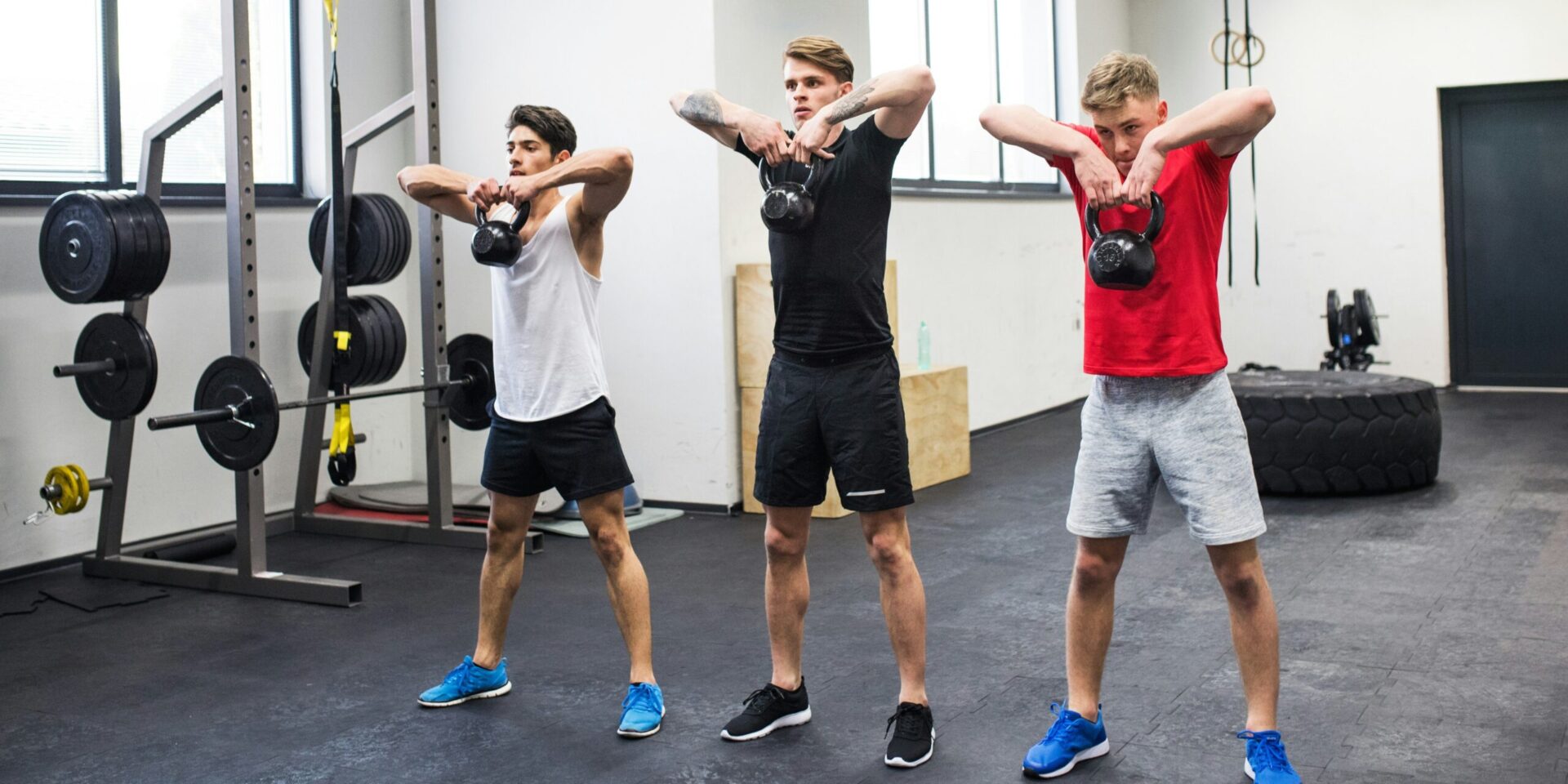In 2025, a major shift is underway in the way American men approach their workouts. Functional training—once a niche method associated mainly with rehabilitation or specialized athletic training—has surged into the mainstream. Fitness providers, gym owners, and industry analysts are reporting a substantial increase in men embracing this form of exercise, which focuses on enhancing movement patterns used in daily life rather than solely building muscle for appearance.
Unlike traditional bodybuilding, which often isolates muscle groups to increase size or symmetry, functional training is designed to improve strength, stability, balance, and coordination through compound movements that mirror real-world physical tasks. Exercises such as squats, lunges, pulls, and pushes are performed with free weights, resistance bands, or body weight, often in sequences that challenge the body’s ability to move fluidly and efficiently.
This shift reflects a broader change in mindset among fitness-conscious men. Increasingly, the male demographic is moving away from workouts driven purely by aesthetics and turning toward programs that support their overall quality of life. Longevity, mobility, and injury prevention have become top priorities, especially as more men become aware of how conventional training methods can neglect joint health and functional capacity. Men are no longer just asking how they look in a mirror; they’re asking how well their bodies perform under real-life conditions—whether it’s lifting a heavy suitcase, chasing after their children, or simply maintaining posture during long workdays.
Fitness studios and gyms have taken notice of this demand and are rapidly evolving their offerings to meet it. Many have revamped class formats to include more dynamic, multi-directional exercises, replacing rows of weight machines with open-floor setups that allow for free movement. Group sessions now frequently incorporate kettlebells, medicine balls, resistance ropes, and suspension training to encourage full-body activation and improve mobility. Personal trainers are also shifting their focus, emphasizing assessments of movement quality and joint function rather than just strength numbers or muscle mass.
A key driver behind this trend is the integration of technology. Wearable devices and mobile fitness apps have made it easier than ever for men to track not just calories burned or steps taken, but also more nuanced metrics like heart rate variability, sleep quality, and recovery status. These insights allow for a more data-informed approach to exercise, one that complements the principles of functional training. The ability to monitor how the body responds to various types of movement has encouraged a more intentional style of fitness that values longevity and efficiency over sheer volume or intensity.
Health professionals and fitness researchers alike have pointed to a growing understanding of how movement diversity plays a critical role in long-term physical well-being. Repetitive, isolated movements—often found in machine-based workouts—can lead to muscle imbalances and increased injury risk if not balanced with mobility and stability work. In contrast, functional training develops strength across multiple planes of motion, helping the body adapt better to unexpected stresses, such as slips, twists, or lifting heavy loads at awkward angles. This is particularly important as men age and face increased vulnerability to strains, back pain, and reduced flexibility.
The popularity of functional fitness also corresponds with a cultural redefinition of what it means to be fit. Strength is increasingly seen as something measured not only by how much one can lift, but by how well one moves and how easily one recovers. For men balancing careers, families, and increasingly sedentary lifestyles, time-efficient workouts that deliver practical benefits are especially appealing. Functional training offers a solution that fits seamlessly into this modern rhythm—workouts that are adaptable, require minimal equipment, and can be performed in gyms, studios, or even at home.
Social media and fitness influencers have further propelled the trend. Platforms like Instagram and TikTok are filled with demonstrations of creative and accessible functional workouts that showcase fluid movement, balance skills, and coordination challenges. These videos often resonate with male viewers who are looking for alternatives to traditional gym routines and want to stay active without sacrificing mobility or risking overuse injuries.
This trend also mirrors wider public health priorities. As the U.S. population ages and chronic conditions like obesity, diabetes, and musculoskeletal disorders rise, fitness routines that support overall health are gaining favor. Functional training, with its focus on joint health, core stability, and balance, is increasingly seen as a preventative tool that promotes long-term physical independence.
Ultimately, the functional training movement represents more than a passing fitness craze—it signals a fundamental realignment of goals and values within the male fitness community. In 2025, the emphasis is less on how the body looks and more on how it performs in the real world. The popularity of this approach underscores a growing recognition that fitness should serve life, not the other way around. As more men adopt functional fitness into their routines, they’re redefining strength as the ability to move well, stay pain-free, and live fully—at every stage of life.

